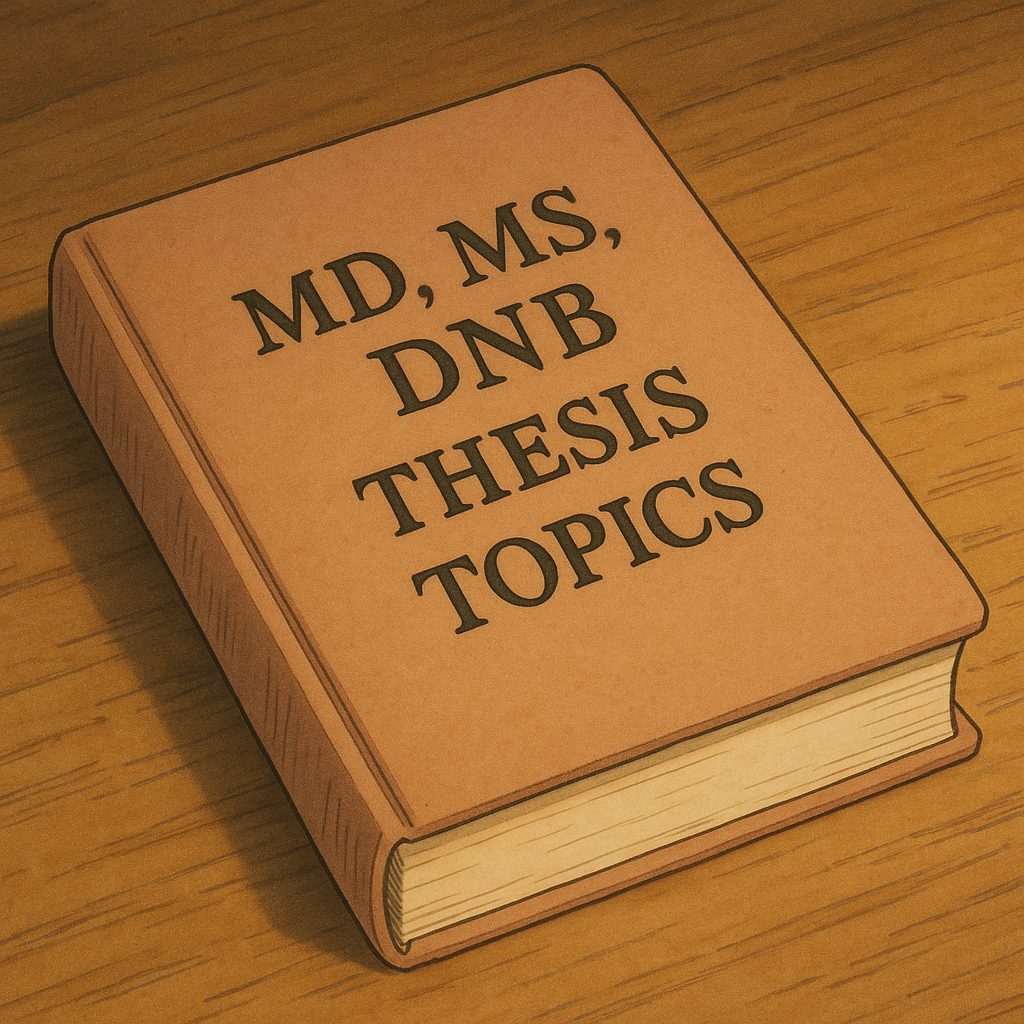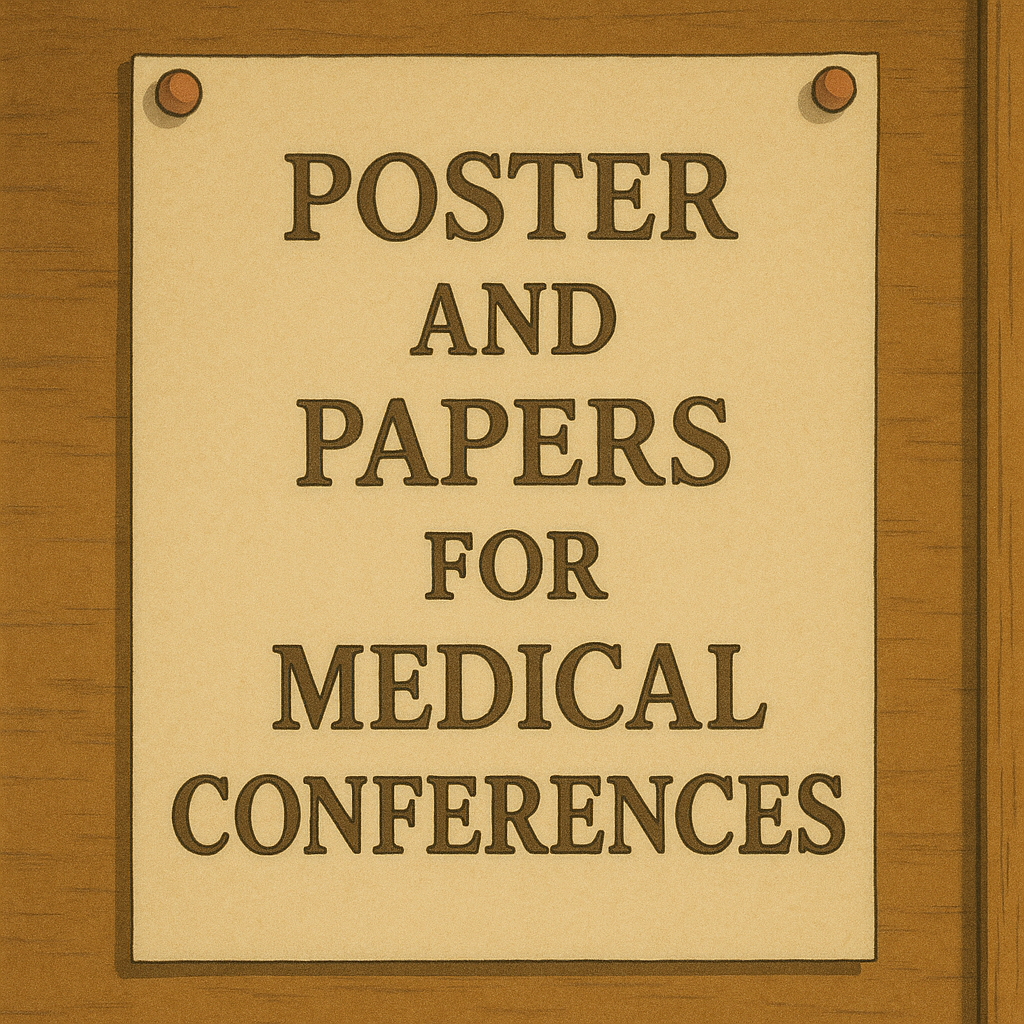ENT PROTOCOL / ENT SYNOPSIS

ENT PROTOCOL AND ENT SYNOPSIS
How to write ENT Protocol?
Introduction
An ENT Protocol (also called an ENT Synopsis) is a structured plan for an MD, MS, or DNB thesis that defines your study’s objectives, scope, and methods in investigating ear, nose, and throat conditions, interventions, or diagnostic procedures. A well-written ENT Protocol guides each step of your research and ensures institutional approval.
Introduction to the Topic
Define the ENT condition, procedure, or parameter under investigation (e.g., tympanoplasty outcomes, nasal airflow dynamics, laryngeal lesion characterization).
Specify the patient population (age range, comorbidities) and clinical relevance.
Use both “ENT Protocol” and “ENT Synopsis” to refer to your document.
Demographics & Prevalence
Identify who is affected (age groups, sex distribution, occupational or environmental risk factors) and cite recent data on incidence or prevalence.
Highlight geographic or institutional patterns that justify your ENT Protocol.
Gap in Existing Knowledge
Summarize current understanding of the ENT issue (e.g., variability in surgical success rates) and pinpoint unanswered questions.
Explain how your ENT Synopsis will generate new evidence to fill these gaps.
Need and Rationale for Study
Explain why this research matters for postgraduate training (MD, MS, DNB) and patient care.
Outline limitations in existing diagnostic protocols, surgical techniques, or outcome data.
State the potential impact on clinical guidelines, surgical standards, or diagnostic accuracy.
Mention alignment with national ENT care or hearing health initiatives, if applicable.
Review of Literature
Historical Background: trace the evolution of diagnosis or treatment in your ENT area.
Current State of Knowledge: summarize recent peer-reviewed studies on epidemiology, diagnostics, or outcomes.
Key Findings: highlight study designs (cohort, case–control, randomized trials) and major results.
Gaps in Literature: identify what existing ENT Synopses have overlooked.
Relevance: show how your ENT Protocol builds on and extends prior work.
Lacunae in Literature
List specific deficiencies or under-researched areas (e.g., pediatric hearing loss prevalence in your region).
Explain how your ENT Synopsis addresses each lacuna.
Materials and Methods
Source of Data/Samples: patient records, audiology lab data, imaging archives (CT/MRI), surgical logs.
Study Design: cross-sectional, cohort, case–control, interventional trial—state clearly in your ENT Protocol.
Study Population: define inclusion and exclusion criteria (e.g., patients aged 18–60 years undergoing septoplasty; exclude revision surgeries).
Study Period: precise start and end dates (mm/yyyy–mm/yyyy).
Sample Size Calculation: present the formula, parameters (expected prevalence or effect size, α, power), and final number.
Procedural Details: step-by-step description of diagnostic tests (audiometry, endoscopy) or surgical technique.
Data Collection Procedures: how clinical, audiological, or histopathological data will be recorded.
Statistical Analysis: specify software, statistical tests (chi-square, t-test, regression), and significance threshold (p < 0.05).
Ethical Considerations
Informed Consent: procedures for obtaining voluntary, written consent from participants.
Confidentiality: anonymization of patient identifiers and secure data storage measures.
Risk Minimization: safety protocols for performing procedures (e.g., sedation, radiation exposure).
Ethics Committee Approval: name of the Institutional Review Board and approval ID.
Limitations of the Study
Sample Size Constraints: potential under-representation of subgroups (e.g., pediatric or elderly).
Measurement Bias: variability in test administration or observer interpretation.
Selection Bias: referral patterns or exclusion of complex cases.
Generalizability: applicability of findings to other centers or populations.
Annexures
Consent Form: template ensuring participants understand study aims, procedures, risks, and benefits before agreeing.
Patient Information Sheet: clear summary of study purpose, procedures, and contact details written in lay language.
Data Collection Form: structured sheet for recording demographics, clinical findings, test results, and follow-up data consistently.
Conclusion
A concise ENT Protocol (ENT Synopsis) tailored for MD, MS, and DNB postgraduate students meets academic standards and provides a clear framework for conducting and presenting your ENT research. Cover each section above thoroughly to ensure scientific rigor and clarity.



